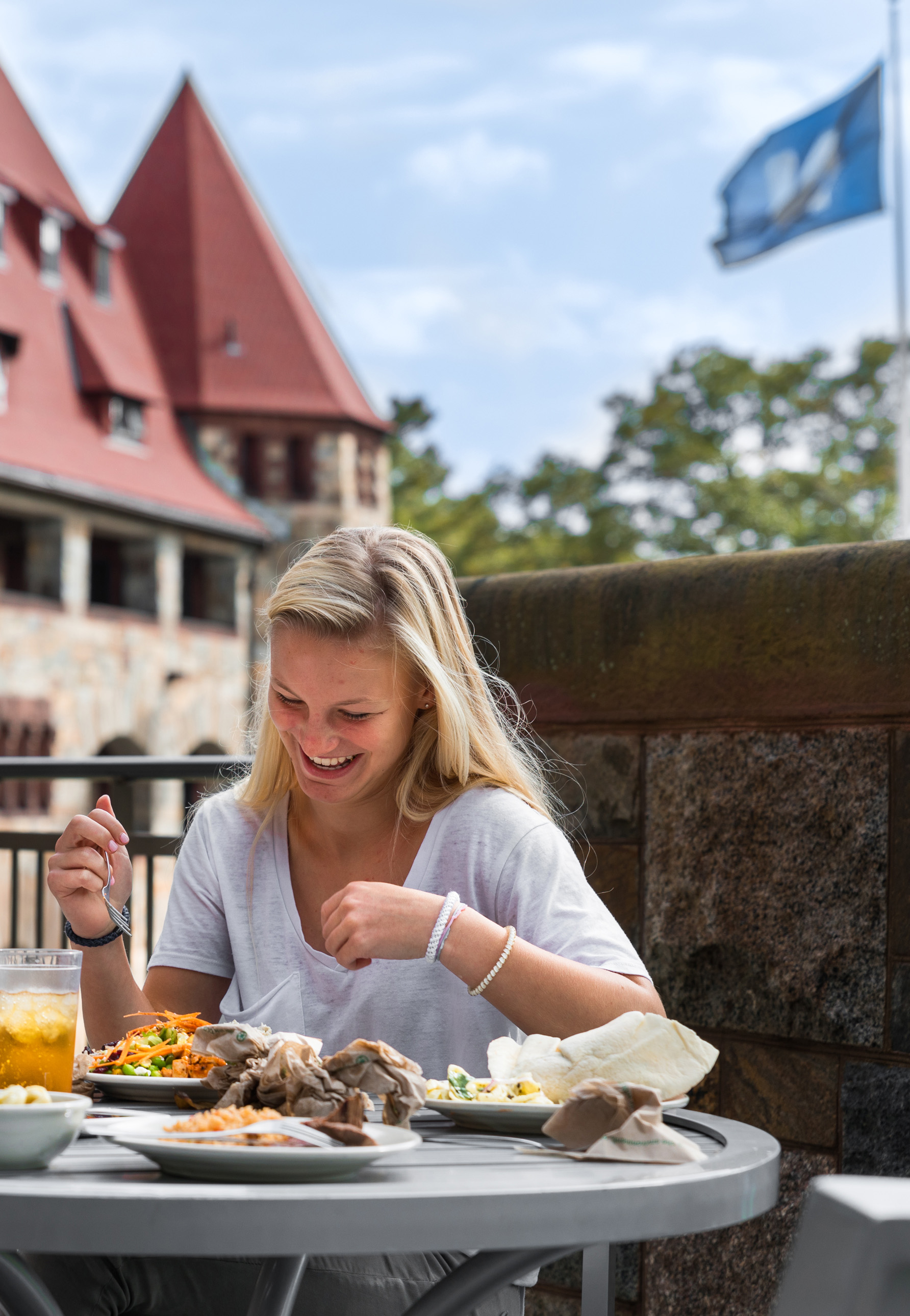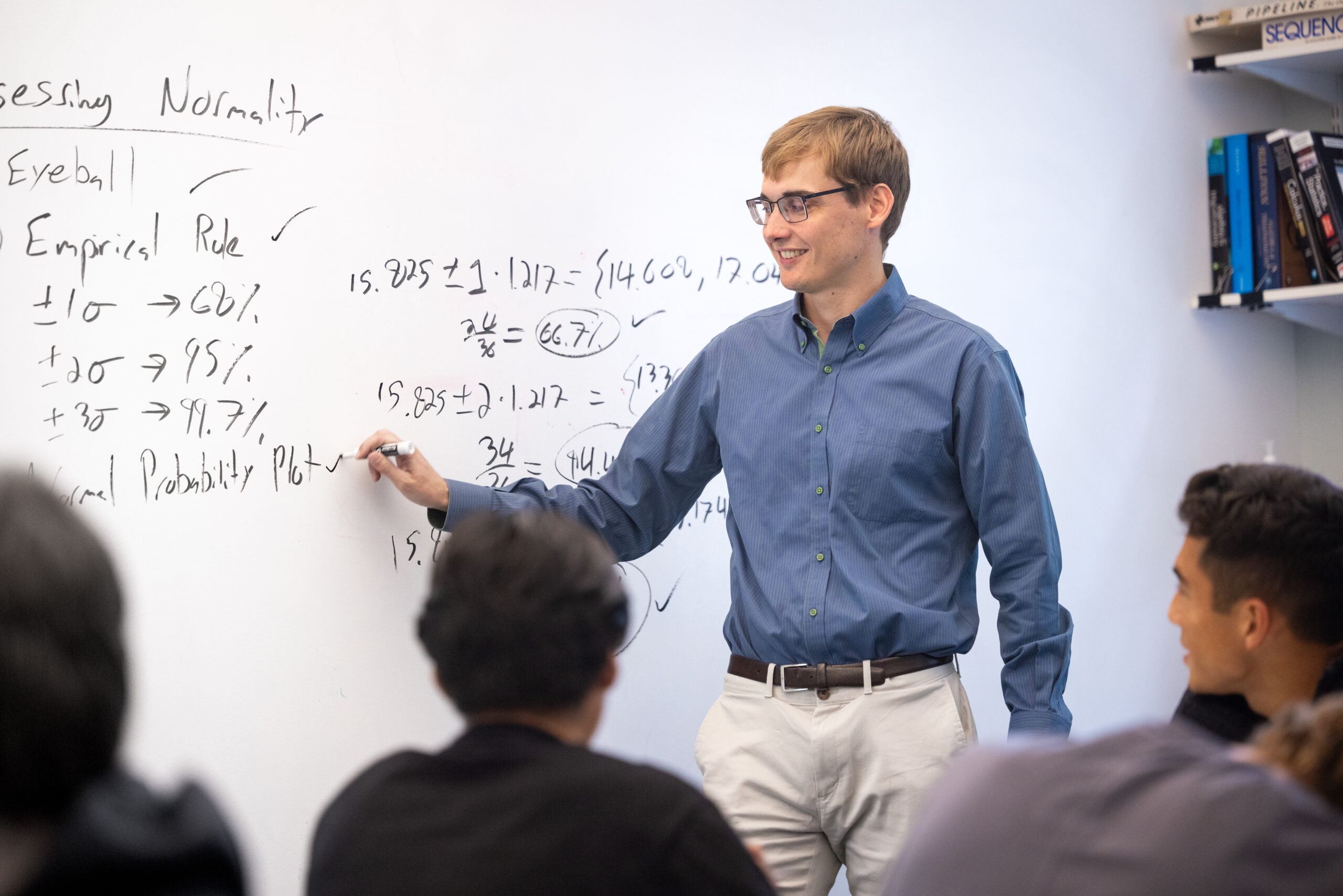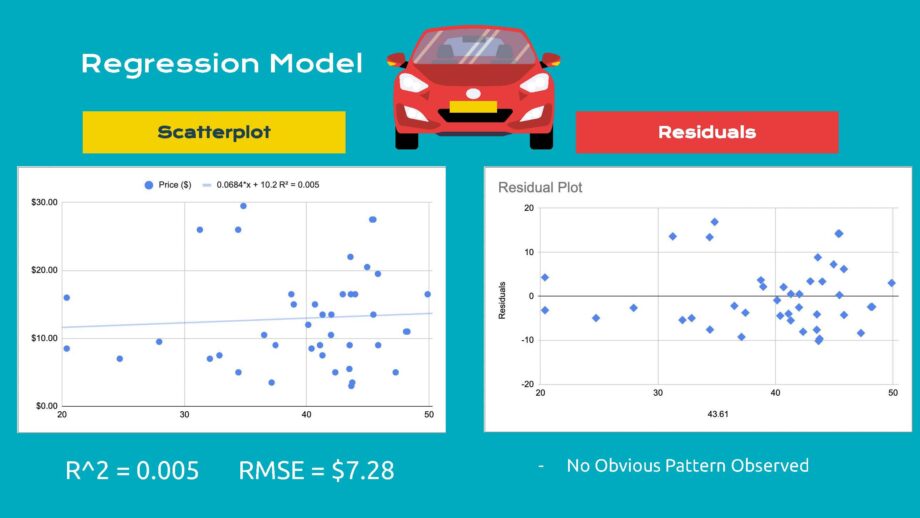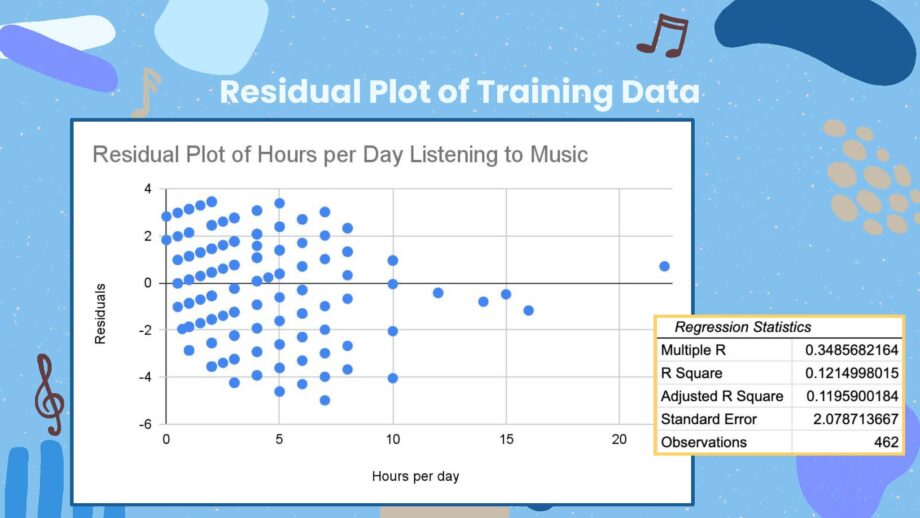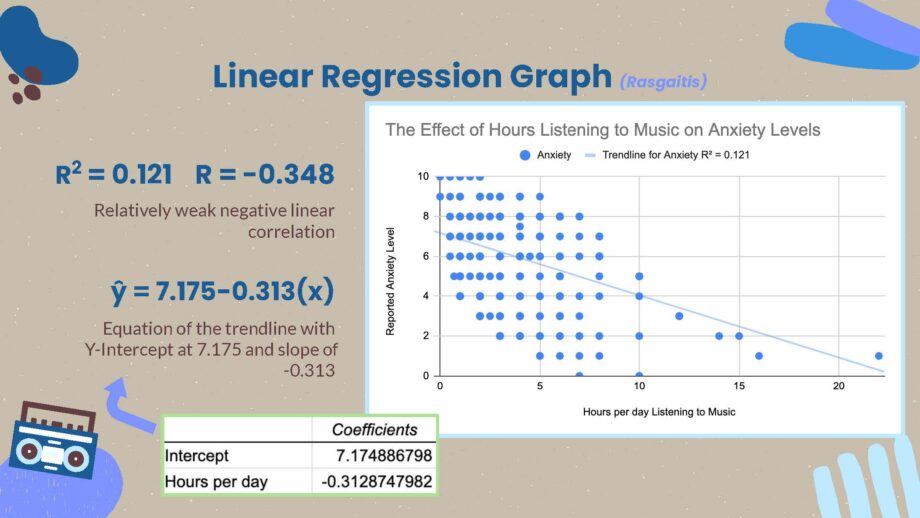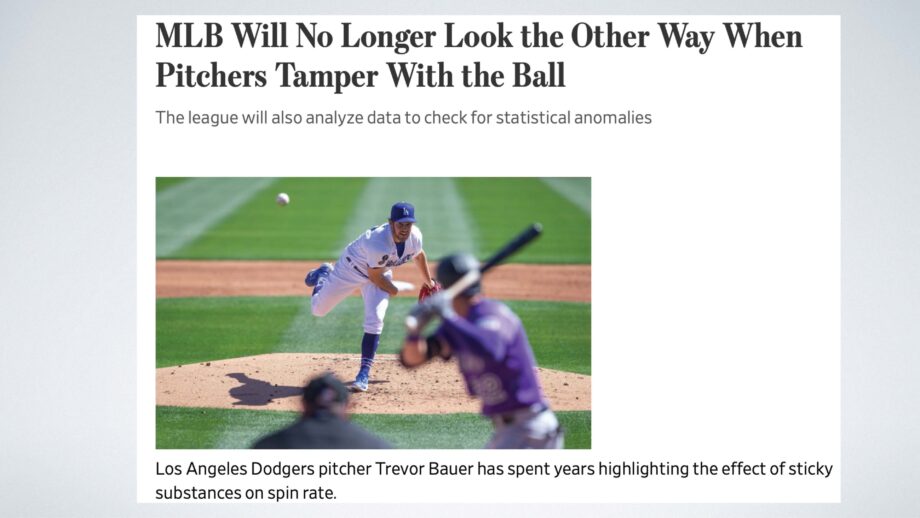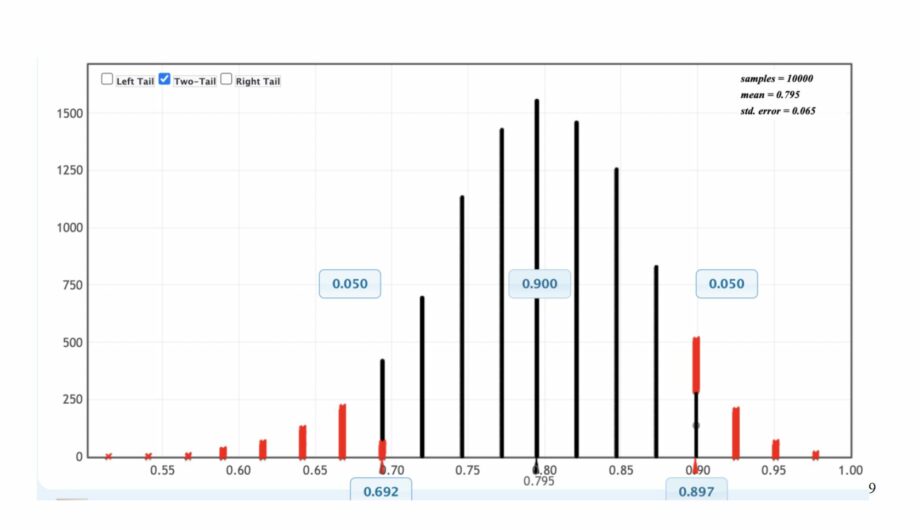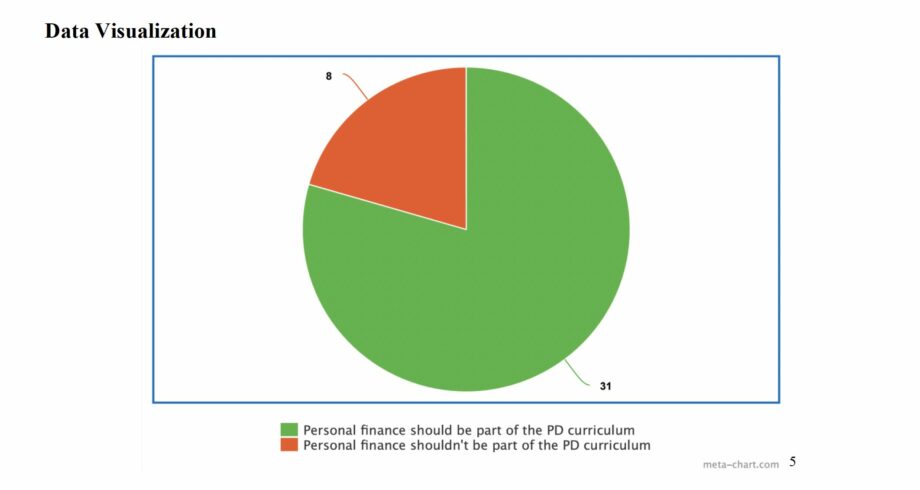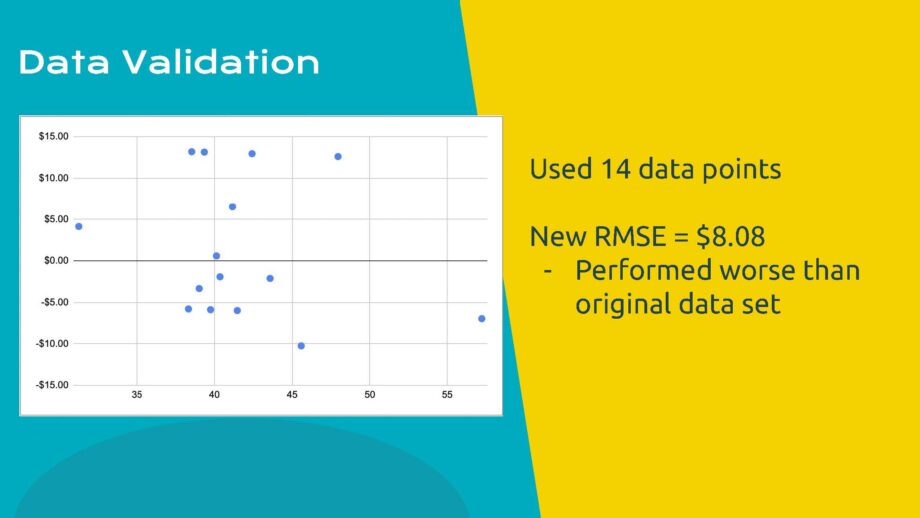Creative, rigorous, interesting, engaging, and fun. These are just a handful of the words that current Nobles students and recent graduates use to describe their experience in the AP Statistics class at Nobles.
Arthi Vithiananthan ’25, who took math teacher Ed Harvey’s course this year, shares, “The complexities of the subject—at least at the AP level—are found in contextualizing the data and respective calculations rather than the actual math itself. She explains that the course was so impactful for her because Mr. Harvey “always found ways to engage our class by including real-world applications of statistics such as sports betting, making investments, and even the ethical implications of significance levels.” Reflecting on these practical aspects of the curriculum, Vithiananthan explains, “Not only did they prepare me well for the AP exam, but I’ve also been introduced to a motley of other niche topics that I can explore using the statistical skills I’ve gained from this course.”
Before Harvey joined Nobles in 2020, a full-year AP Statistics course did not exist. An economics major in college, Harvey began his professional career in finance, working at an investment consulting firm for three years. He went on to pursue a career as a statistics teacher in independent schools, where he saw an opportunity for meaningful curriculum development. In college, Harvey’s economics major turned a corner when he took econometrics—statistics for economics—and realized that while most economics majors disliked the course, he found it quite interesting. Since he began teaching AP Statistics, Harvey has worked to develop an innovative and engaging curriculum that weaves project-based learning into the course as they prepare for the exam.
Project-based work is frontloaded earlier in the year, with students completing three main projects between September and February: the regression analysis project, the experimental design project, and the ever-popular polling project. Topic selections for these projects have included titles such as: “The Relationship Between Pluralism and Peace Around the World,” “Wingspan and Defensive Rating in the NBA,” “Adolescent Screen Time and Myopia,” “Health and Distance to Pharmacy,” “Do Teachers Assign a Fair Workload?” and “Should Personal Finance Be a Mandatory Part of the PD Curriculum?”.
“The polling project we do is a highlight of the winter,” explains Harvey. “Students conduct a robust sample of the upper school in the style of a Gallup poll and then use statistical inference to calculate a confidence interval using asymptotic or computational methods. They come up with their question, refine the wording to avoid potential biases, take random samples, conduct follow-up, calculate the interval, and write up the results with visualizations. This project led to a change in the way the Nobleman, the student newspaper, conducts its polls.”
There is no greater testament to the impact of a course than when a Nobles graduate commits to furthering their studies in that subject. A number of recent graduates are taking statistics in college or getting a minor or even a major in a statistics-related field. Arnav Harve ’23, a computer science major, shares that he appreciated “the energy and humor that characterized the class and the lessons learned through rigorous classes and fun projects, like surveying the school and analyzing our own datasets.” He adds, “Mr. Harvey was an incredible mentor for data-driven projects we undertook at the Nobleman, helping us understand how to convey insights from data responsibly and transparently.”
Yichen Ding ’23 shares the impact of a single problem from AP Statistics, the German tank problem, on her experience in the course and her decision to study math in college. In WWII, Allied statisticians used a clever technique to analyze the serial numbers on the wheels of captured German tanks to precisely estimate the number of tanks produced. Mr. Harvey challenges his students to solve this same problem. “It really brought out the creative problem-solving aspect of math that can sometimes be lost in high school math courses,” Ding explains. “One of the reasons I chose to study math in college is that I find problems like the German tank problem so interesting to ponder. It also helped me build a foundation for the proof-based math courses I currently take in college. Many of the problems Mr. Harvey presented in class were thought-provoking and kept me engaged, even outside of class. I’m grateful that Mr. Harvey’s AP Stats course introduced me to the more creative and rigorous aspects of math and statistics, which inspired me to pursue a major in this field.”
Student engagement is a priority for Harvey, who is constantly working to ensure that the curriculum is both relevant and thought-provoking. “I think it is easier to engage students who maybe otherwise wouldn’t be engaged in a math class, just because it’s more applied,” he explains. “It can be more interesting. They never ask, why do I need to know this? And what I say to them at the beginning and the end is ‘I don’t expect that you will go out and use these methods in your daily life. I don’t need you to memorize what a two-sample t-test is for post-graduation. But I do expect that you will be a more shrewd consumer of information and data in your future life.” With a smile and a nod to the Harry Potter literary series about a school for magic, Harvey adds, “I sometimes call myself the ‘Defense Against the Dark Arts’ teacher.”



